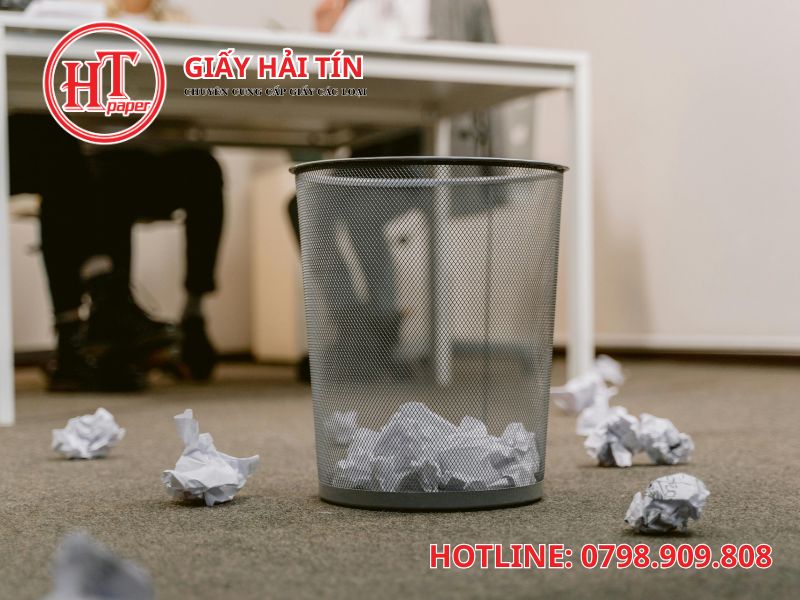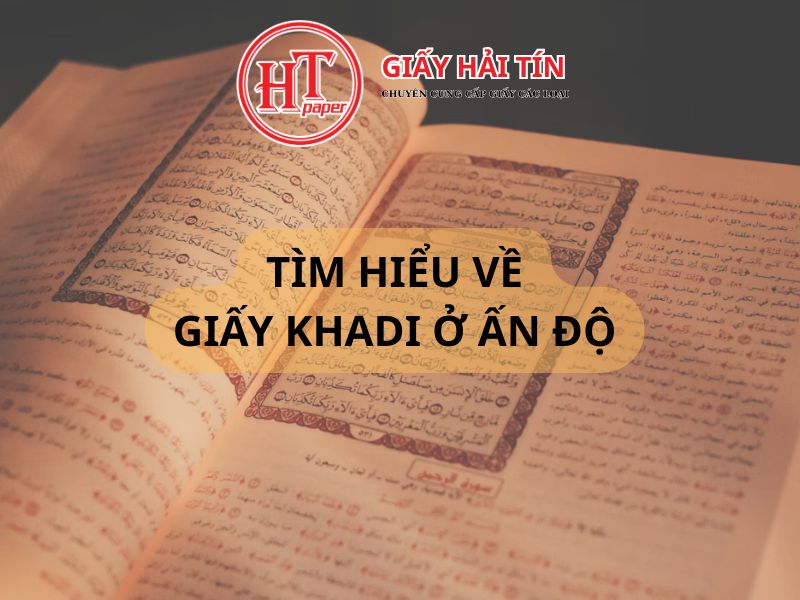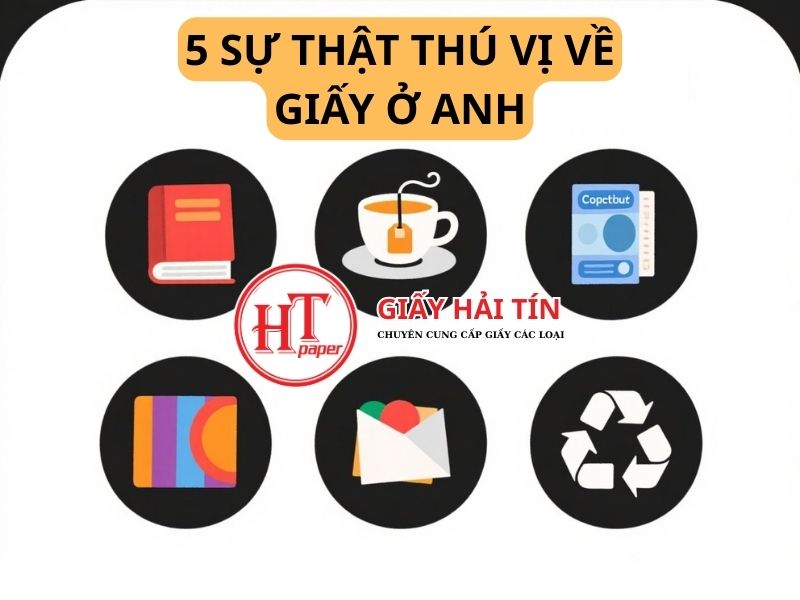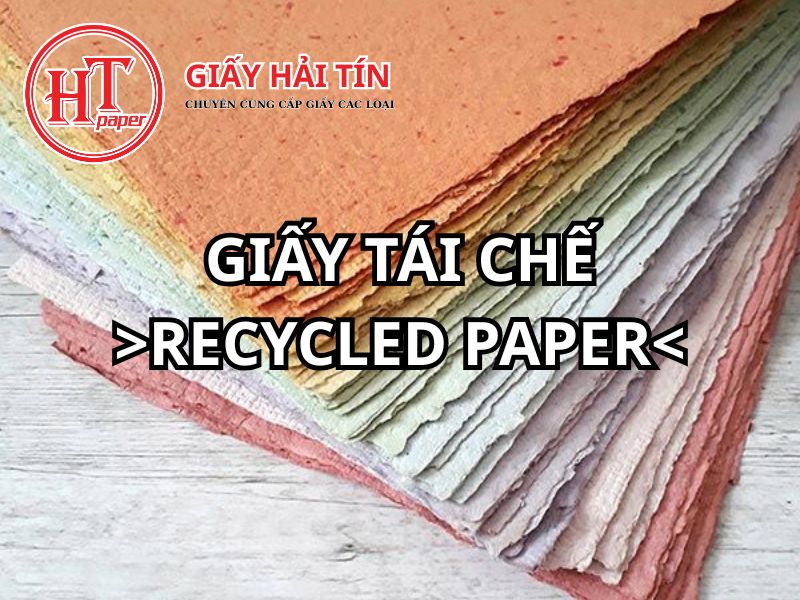Price War Intensifies with Increases of Up to RMB 500/Ton in 2017 by Chinese Suppliers
Recently, high-end paper manufacturers and ivory board producers in China have announced plans to raise prices by RMB 500/ton ($73/ton). Asia Symbol (Guangdong) Paper, which doubled its UFP capacity in China to around 900,000 tons per year earlier this year, decided to increase its UFP prices by RMB 300/ton starting in April 2017. The company also plans to implement another RMB 300/ton increase in May. Asia Symbol’s parent company, Asia Pacific Resources International, proposed a $30/ton increase for April orders in markets outside China, following a similar price hike in March. A company spokesperson stated that the price hike was due to rising pulp costs and high demand for UFP, particularly in China, as publishers began ordering paper for the upcoming school year.
Last Friday, Shandong Chenming Paper Holdings raised prices by RMB 300/ton for low-quality coated ivory board and RMB 500/ton for high-quality coated ivory board, effective immediately for new orders.
Soon after, other leading manufacturers of high-end coated ivory board, including APP China, Sun Paper, and Shandong Huatai Paper, also increased prices for coated ivory board. The price increases were similar and effective from April 1.
For uncoated fine paper (UFP), most producers began a new round of price hikes earlier this week, with increases of RMB 200-300/ton.
Coated ivory board prices rose as well: Leading manufacturers of coated ivory board in China this week announced price increases of RMB 300-500/ton for orders from late March or early April.
The prices of high-end paper and coated ivory board have been rising rapidly since the end of 2016, as manufacturers pushed for increases of RMB 200-400/ton to offset rising pulp, energy, and transportation costs.
“Giấy mất bao lâu để phân hủy” không có một con số cố định — nó dao động tùy loại giấy, lớp phủ và môi trường (compost có oxy khác bãi chôn thiếu oxy). Bài viết này trình bày con số tham khảo, giải thích yếu tố ảnh hưởng, nêu riêng giấy thường dùng trong ngành may và cách xử lý/ tái sử dụng thực tế
Giấy khadi ấn độ là loại giấy thủ công truyền thống nổi bật của Ấn Độ, nổi tiếng với vẻ đẹp tự nhiên, độ bền cao và ý nghĩa văn hóa sâu sắc. Loại giấy này không chỉ dùng trong các hoạt động nghệ thuật mà còn gắn liền với lịch sử và tâm linh của đất nước này.





